♣ Clubs
♦ Diamonds
♥ Hearts
♠ Spades
If you count up the numerical value of a whole pack of cards – reckoning on 11 for a jack, 12 for a queen and 13 for a king – you reach 364, which with the addition of one for the joker makes 365, the number of days in the year. The four suits can also be read as symbols of society and human energy: clubs representing both the peasantry and achievement through work; diamonds, the merchant class and the excitement of wealth creation; hearts, the clergy and the struggle to achieve inner joy; spades, the warrior class institutionalised into the nobility and the fractious problems of life.
The pack of cards came to Europe sometime in the 14th century, imported by Italian merchants who discovered their use during trading missions to the cosmopolitan cities of Mameluke Egypt. The symbols they imported – swords, batons (or wands), cups, and coins (or rings) – are still used in Spain, Greece, Portugal and Italy. The modern four suits seem to have evolved in France, specifically Paris and Rouen, in the late-15th century and were quickly taken up by the English. The French also added the concept of the Queen, for initially the court cards were based on the sequence of king, cavalier and servant – or, as the original Mameluke Egyptians had it, malik (king), naib malik (viceroy) and thaim naib (deputy). The triumph of the ace was another French innovation, traditionally added after the revolution in honour of the rabble toppling the king.
The Egyptians themselves seem to have developed the pack of cards from China, where numerically printed sheets grouped into four divisions can be traced back to the concubines of the Tang dynasty (618–907).
Tomorrow: Five components of the soul in Ancient Egypt
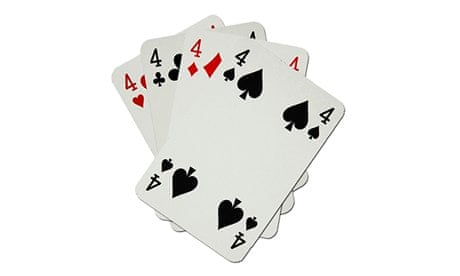

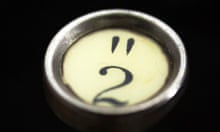
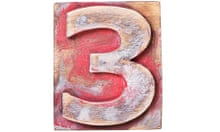
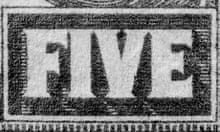

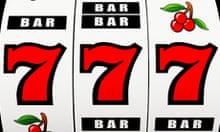

Comments (…)
Sign in or create your Guardian account to join the discussion